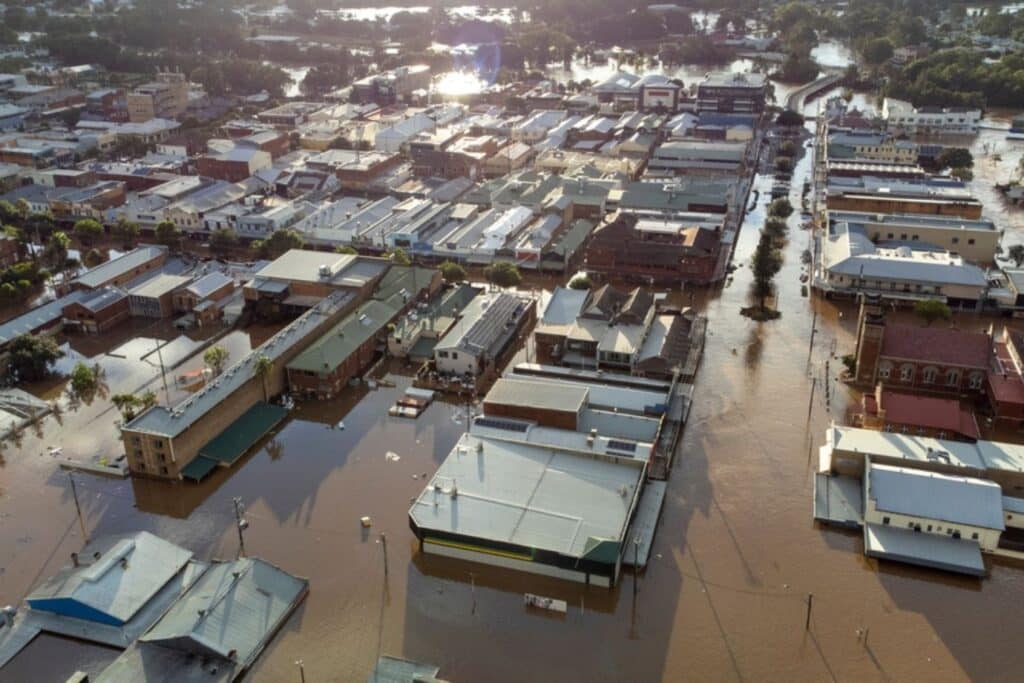It was one of Australia’s worst, most unnatural of natural disasters. Livelihoods were destroyed, lives were lost. The damage is almost irreparable and locals will never be the same after it.
And on top of a cost-of-living crisis, an inflated economy and housing shortages,a lot of women are footing the bill.
All Australians are living through the cost-of-living crisis, and research shows more often than not, it’s women who carry the burden to deal with it all. Women walk a tightrope of driving 85 per cent of all purchases in Australia, while sitting on the bad side of the national pay gap.
But throw in a drought, or a bushfire, or two months of flooding, and it’s hard to imagine how women are coping with it all.
Research from M&C Saatchi Group found more than one third of women in Australia are concerned about the ongoing cost of living crisis, compared to one fifth of Australian men. The gap was consistent amongst all key categories of cost of living surveyed in the research, including groceries, mortgage, power, rent, petrol, general retail and education.
According to a 2022 report from the Australian Centre for Business Growth, 85 per cent of all purchases in Australia come from women, who drive between 70-80 per cent of all consumer spending.
But on average, women earn less than men, with the national gender pay gap on base salary in Australia sitting at 13.3 per cent. This means women face the cost of living crisis head on, with less income and less super behind them.
And when a flood washes everything away, or a fire burns everything down, some women are left with nothing behind them at all.
Giving the power back to people
The Recovery Coordinator at community organisation Resilient Lismore, Claire Sowden, works with struggling women in her community every day.
“This year was always going to be a hard economic year, regardless of whether there was a disaster or not,” she said.
“You have a disaster on top of that, and it’s incredibly hard for people.”
Sowden works alongside a team to oversee all requests for support made to Resilient Lismore and identify trends of what people need and what action needs to be taken. They also engage with locals face-to-face to see what is needed on the ground, as Lismore continues to rebuild after the devastating floods in 2022.
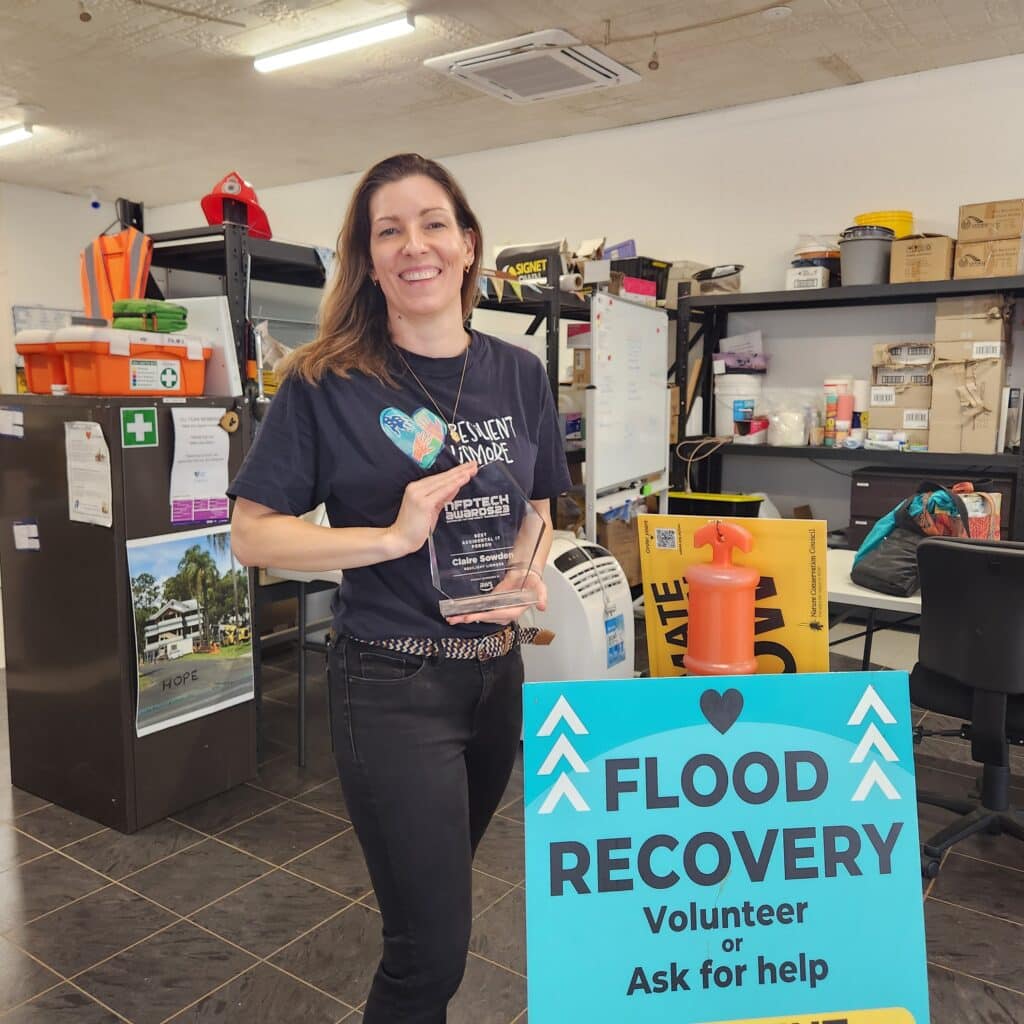
“People described their houses when they walked back in as though it had been through a washing machine that had jumbled everything up,” she said.
“We had people talking about how their fridges ended up two rooms away. The force of the water was crazy.”
The flooding in northern NSW and southern Queensland at the start of 2022 aggravated the housing and costs of living crisis. By the first week of March last year, northern NSW and southern Queensland received more than a year’s work of rainfall in just one week.
The climate change-related disaster in February and March 2022 took 23 lives. It destroyed more than 5,000 homes in NSW, and 20,000 homes and businesses in Queensland.
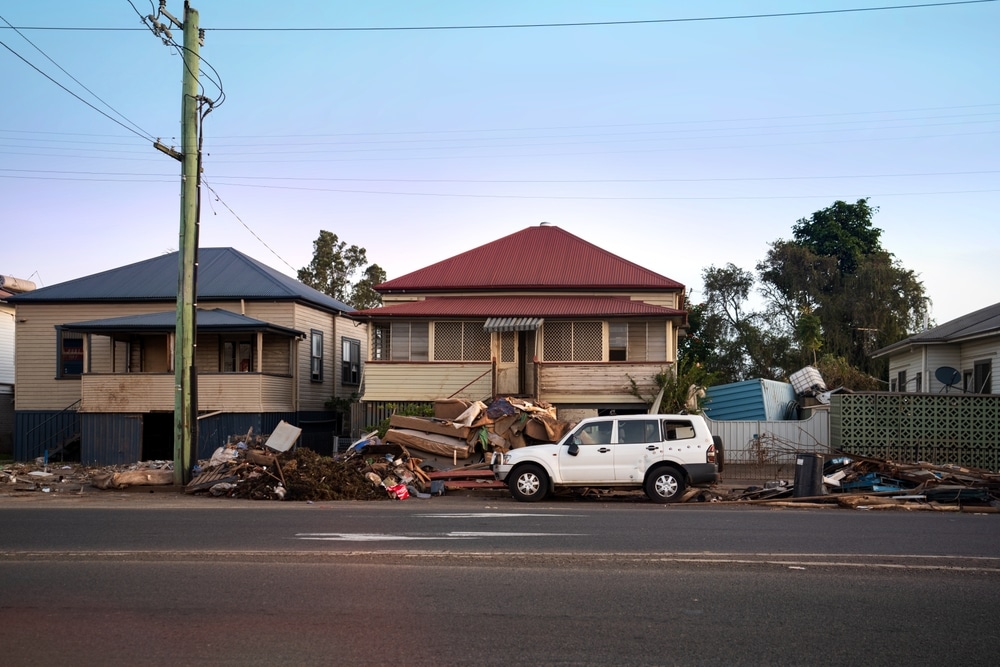
To this day, 16 months on, people are still recovering and trying to rebuild. Survivors have been forced to return to and live in uninhabitable houses, with gaping holes in the walls, no furniture and very little motivation to start over.
And it’s the most vulnerable people of Lismore, including women, that are reaching out to Sowden and the team at Resilient Lismore for help on the community’s road to recovery.
“Most of our figures show that predominantly, the people we have in our books are over 65, they’re single and a disproportionate number live with a disability,” Sowden said.
“And whether they’ve been able to receive government funding or not, the government funding that was available still had a huge shortfall.
“So whether there’s a cost of living crisis or not, these people would not have been able to fund their own recovery. And of course, we do have a cost of living crisis on top of that.”
Sowden has seen a massive need for more affordable accommodation and support services for women left with nothing after the floods.
“They have been in temporary accommodation, which might mean a motel room 2.5 hours away from here,” she said.
“I really see the need for affordable living for single women.”
Resilient Lismore began the ‘Two Rooms’ project last August in an effort to rebuild homes that were destroyed in the floods. Since the first stage of demolition after a flood is to remove the walls, a team of volunteers at Resilient Lismore went to locals’ houses with donated resources and helped repair walls.
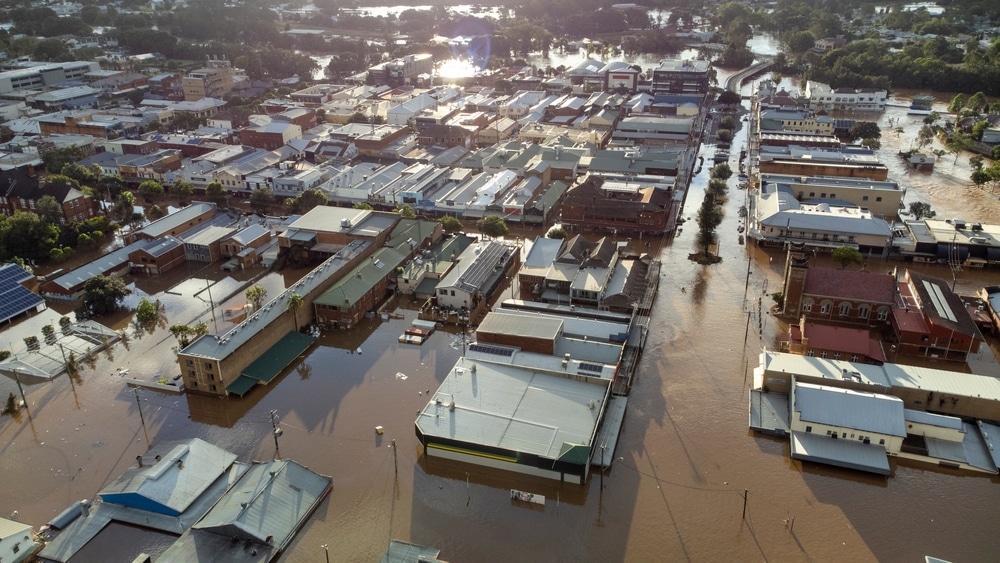
In July 2023, the organisation reached the milestone of completing more than 100 Two Rooms projects for residents in Lismore.
But the effort had a much larger impact that went beyond rebuilding walls, and beyond expectations. One day, a team of volunteers for the Two Rooms Project went to an elderly woman’s house to rebuild her walls. The daughter of the woman was there as the team began work installing new walls, learning on the job.
“The woman got a bit interested and picked up a couple little things along the way with the team,” Sowden said.
“When we had a re-engagement with her several months later, the team found out this lady had gone off and taught herself how to use the tools. She’d done the rest of the house, continued to do things like plastering and finishing cornices.”
“She literally had been empowered. The sense of pride she had was amazing.
“In recovery, it’s really important to give people back the power over their life, in small and large ways.”
‘Something just for them.’
In some rural and regional parts of Australia, it wasn’t severe flooding that was damaging the livelihoods of people. In fact, it was the opposite.
The Australian Bureau of Agricultural and Resources Economics and Sciences (ABARES) said the 2018-19 drought is among the worst two years since 1979, next to the drought in 2002-03. In 2018, 49 per cent of agricultural land in south-eastern Australia experienced 1 in 20 year drought conditions. This shot down crop production in eastern Australia’s wheat-sheep zones by more than half.
And less produce means less income for farmers, which means even higher cost of living for farming families in an already tough economy.
The often silent struggles of the women on the land during these times did not go unnoticed by Lions Club member Lorna Gordon.
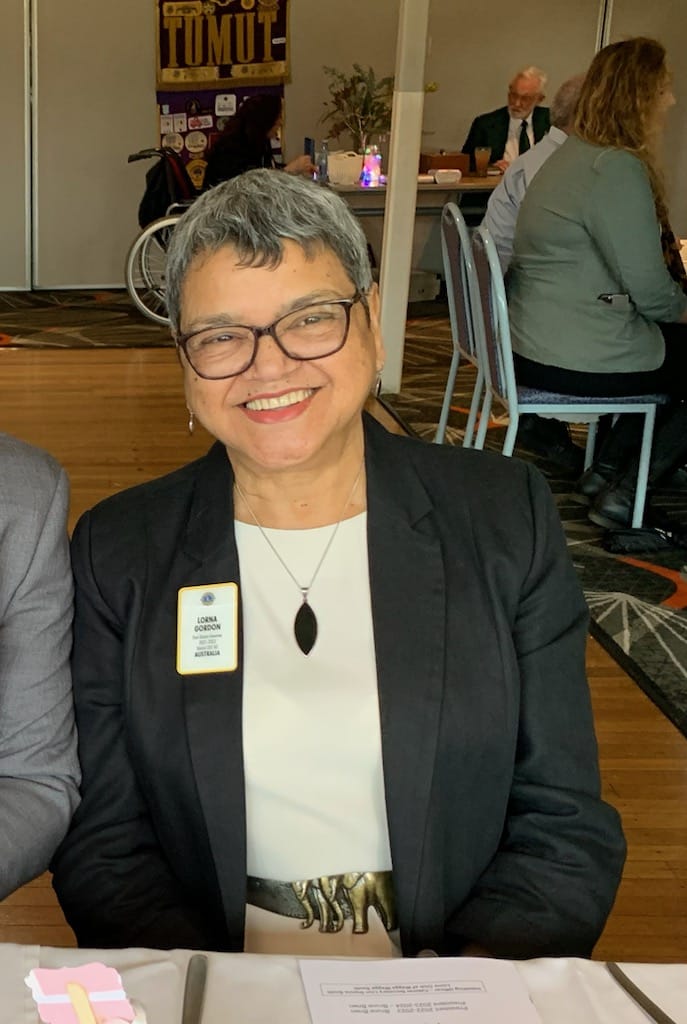
“A friend of mine’s daughter lives in a rural area and she was saying how hard it was,” Gordon said.
“Farmers lost quite a lot with their animals dying and not being able to produce.
“When you’re a mother, your family always comes first. So I just thought it would be a nice thing to get a box ready for the women on the land… so that they could at least have something that was for them.”
Gordon, with the help of 50 other women from Lions Clubs around Australia, organised donations of shampoo, conditioner, sanitary products, toothbrushes, toothpaste and more to be delivered to women and families who were struggling as a result of the drought and COVID-19 isolation restrictions in 2020 and 2021.
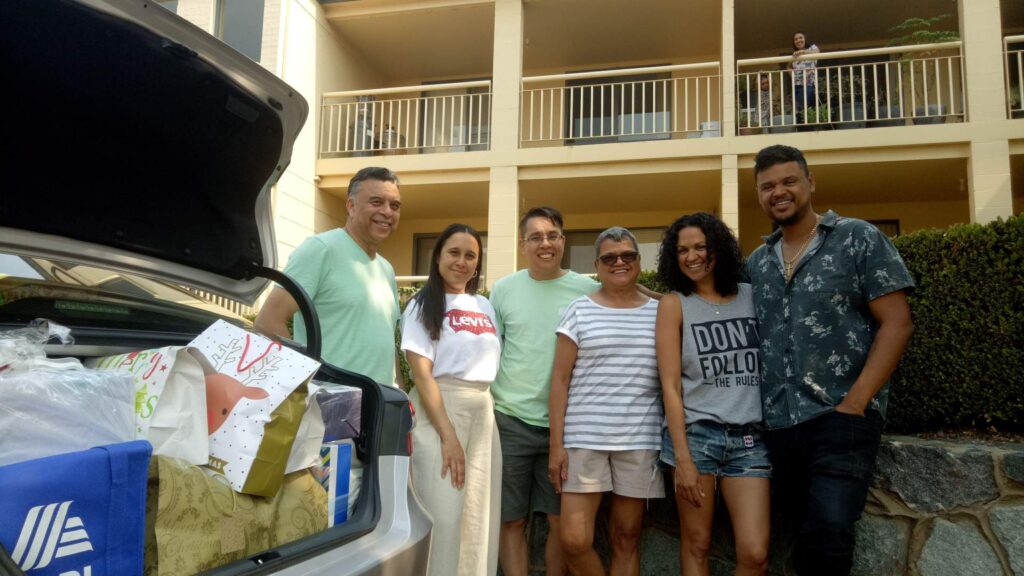
“They were so thankful because they couldn’t buy those things,” Gordon said.
“In times like that, even though you need to wash your hair, that’s not necessary – the food is more necessary.
“As a woman and a mother myself, I want to help.”
Donations from friends, family and strangers helped bring the project to life and help hundreds of women in rural and regional parts of NSW affected by the drought.
“My mother always believed we should help those who don’t have, you know?” Gordon said.
“I’m lucky that I’ve got food on my table, I have a roof over my head, I’ve got a car that still goes.
“So what I have left and what I can do, that’s what I do.”

